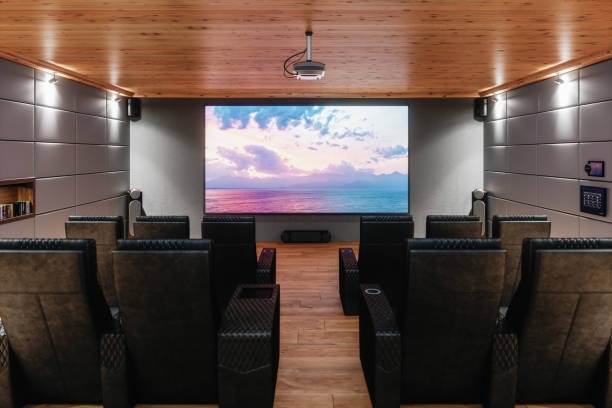
Transforming your outdoor space into a beautiful and functional living area requires thoughtful planning and expert advice. As families increasingly seek to extend their living spaces outdoors, the art of landscape design becomes paramount. A well-designed landscape not only enhances the aesthetic appeal of your home but also increases its value and provides a serene environment for relaxation and entertainment.
To begin with, understanding the natural characteristics of your property is crucial. Take note of sunlight patterns, soil types, and existing vegetation. This knowledge serves as a foundation for selecting plants that will thrive in your garden’s specific conditions. Native plants are often recommended by experts because they are adapted to local climates and require less maintenance.
Creating zones within your outdoor space can enhance functionality. Consider dividing areas for dining, lounging, play, or gardening based on how you intend to use them. This zoning can be achieved through strategic placement of furniture, pathways, or plantings that guide movement and define spaces without explore the possibilities further need for physical barriers.
Incorporating hardscaping elements such as patios, decks, or walkways adds structure to your landscape design. When choosing materials like stone or wood for these features, consider durability as well as aesthetics to ensure they complement both the house’s architecture and the surrounding environment.
Water features like fountains or small ponds introduce a sense of tranquility through their soothing sounds while attracting wildlife such as birds and butterflies. Similarly, lighting plays an essential role in extending usability into evening hours while highlighting key features after sunset. Opt for energy-efficient options like LED lights; strategically placed fixtures can create ambiance and improve safety along paths or around seating areas.
Plant selection is another critical aspect where expert advice proves invaluable. Beyond aesthetics—considerations such as color schemes across seasons—think about plant height at maturity to avoid overcrowding issues later on. Layering plants by height creates depth: taller trees provide shade while shrubs offer privacy; ground covers fill gaps with lush greenery.
Sustainability should also be integrated into any modern landscape design plan—implement rainwater harvesting systems or choose drought-resistant species to conserve water resources effectively.
Finally, remember that landscapes evolve over time; regular maintenance ensures longevity of beauty in any design project undertaken today will continue thriving tomorrow too! Pruning trees/shrubs regularly prevents overgrowth which could otherwise obstruct views/accessibility throughout different parts within one’s yard/garden area alike!
By seeking out professional guidance from experienced landscapers familiar with current trends/innovations available within industry today—you’ll achieve stunning results tailored specifically towards meeting unique needs/preferences enjoyed most fully when shared amongst family/friends alike!





